What is Sciatica?
What is Sciatica?
Sciatica is a generic term that describes the symptoms of leg pain that has resulted from irritation of the sciatic nerve. The sciatic nerve is one of the largest nerves in the body. It originates from multiple levels in the lumbar spine and its terminal branches extend all the way to the toes.
Sciatica is more commonly seen in men than women. The most frequent age group affected is those in their 40’s and 50’s.
What are the symptoms of sciatica?
Sciatica can be experienced down the back and outside of the leg and in some cases front of the lower leg. Symptoms can include
- pain
- numbness
- tingling
- weakness
While most commonly the presentation is one-sided in certain cases symptoms can be experienced in both legs. Sciatica can occur with or without back pain.
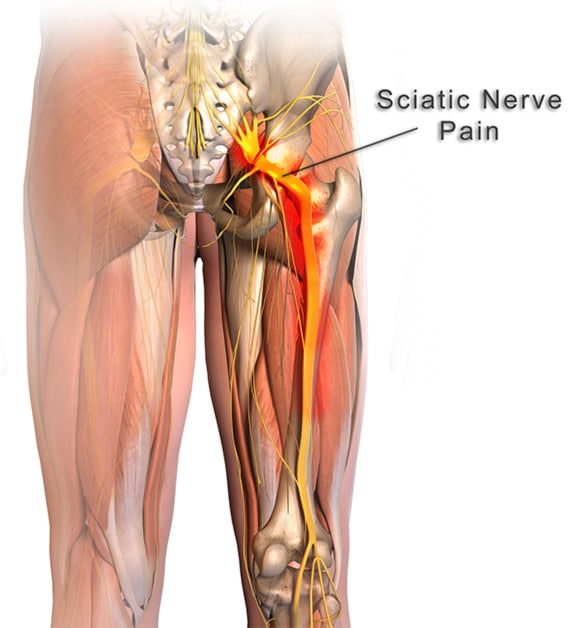
What are the causes of Sciatica?
There are many possible causes for sciatica as the sciatic nerve can be irritated or compressed at multiple locations along its journey from the back down the leg. The most common causes of sciatica are:
1. Disc Herniations
Disc herniations – between the vertebrae or bones of the spine there are soft tissue pads or shock absorbers called discs. These are both strong and flexible in nature but can unfortunately be susceptible to tearing or bulging. When these intervertebral discs bulge into the space from which spinal nerve roots exit the spine, they can cause nerve root irritation which is experienced as sciatica.
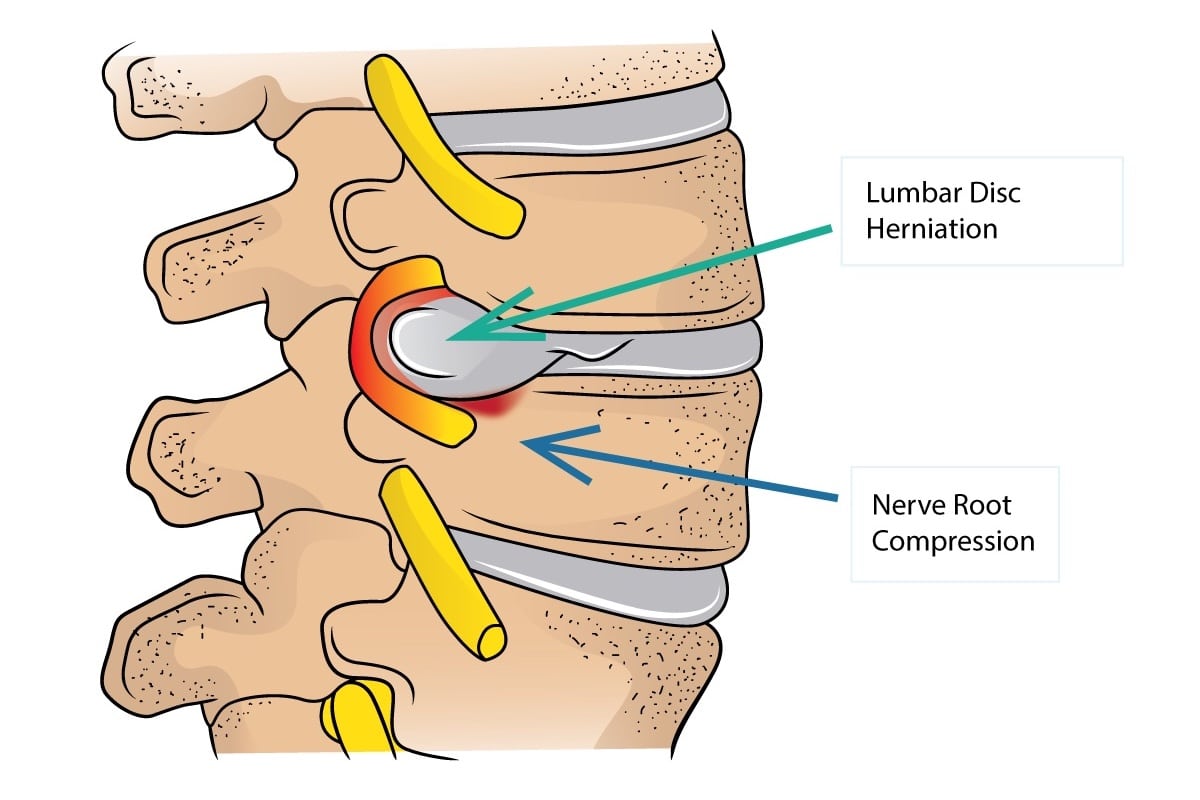
2. Piriformis syndrome
Piriformis syndrome – The Piriformis muscle is a muscle that is located in the region of your buttock. It is a muscle that helps with certain movements of your hip. As the sciatic nerve passes either underneath or through the Piriformis muscle, the nerve can be irritated or compressed when the muscle is abnormally tight. This results in sciatic pain.
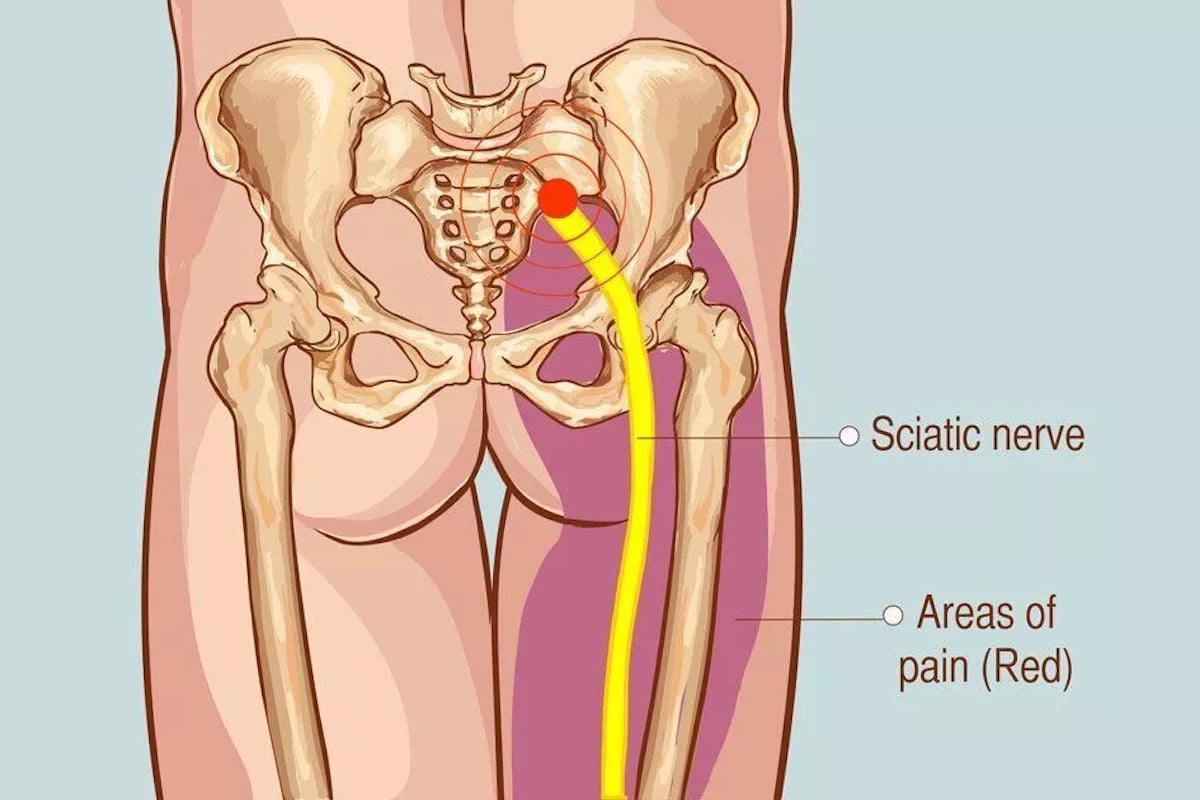
3. Spinal stenosis
This is a condition where the canal or space in the spinal column which houses the spinal cord becomes narrowed. This can be congenital, that is you are born that way, or can develop as a result of degenerative changes. The end result is pressure on the spinal cord or nerve roots that can ultimately lead to weakness or pain in one or both legs.

4. Spondylolisthesis
With this condition, there is a defect in the bony arch at the back of the vertebrae. This allows slippage of the front part of the vertebrae called the vertebral body. As a result, there is a narrowing or closing down of the space through which the spinal nerves exit the spine. The result is pressure on the nerve root with sciatic-type pain.
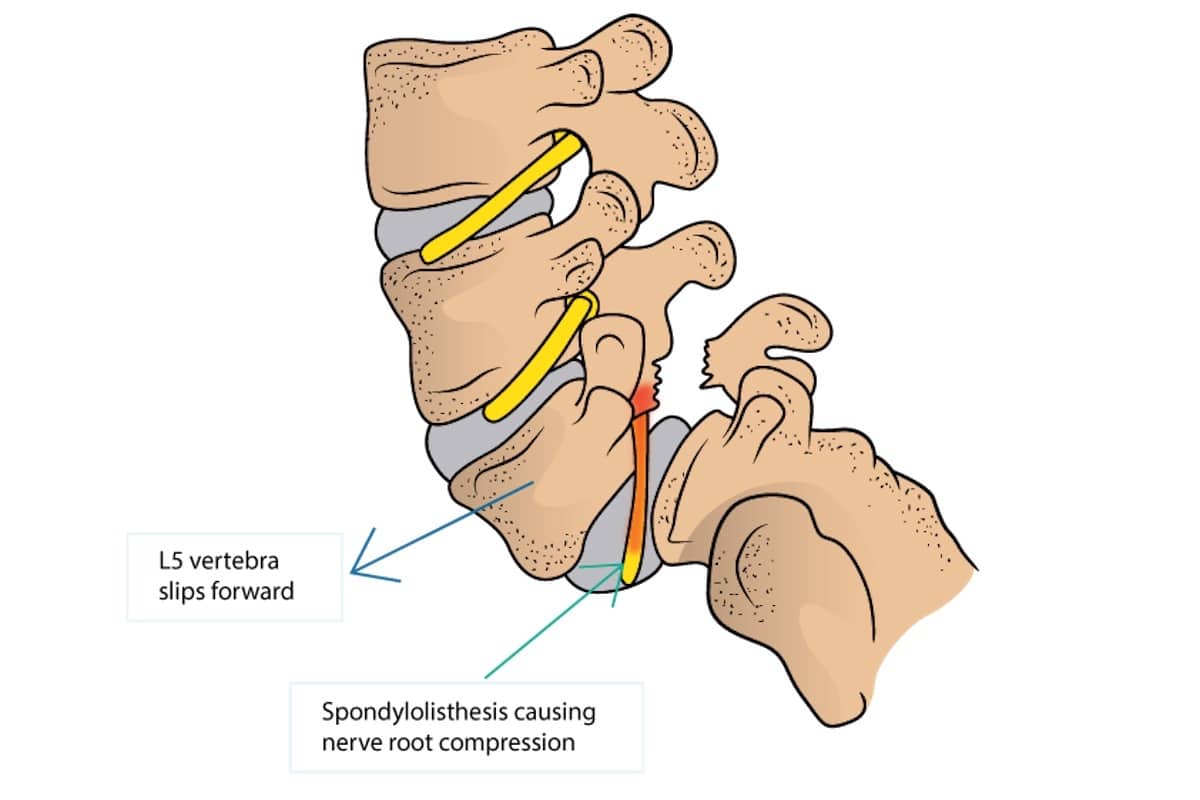
5. Degenarive changes
Osteoarthritis is degenerative changes that is a result of use and abuse. The bone undergoes changes because of an increase load or stress that is has had to endure over a protracted period of time. When these bony changes results in narrowing of the canal or space through which the spinal nerves exit the spinal column, pressure or irritation of the nerves can result. If this process takes place in the region of the lower back, sciatica is a common symptom.
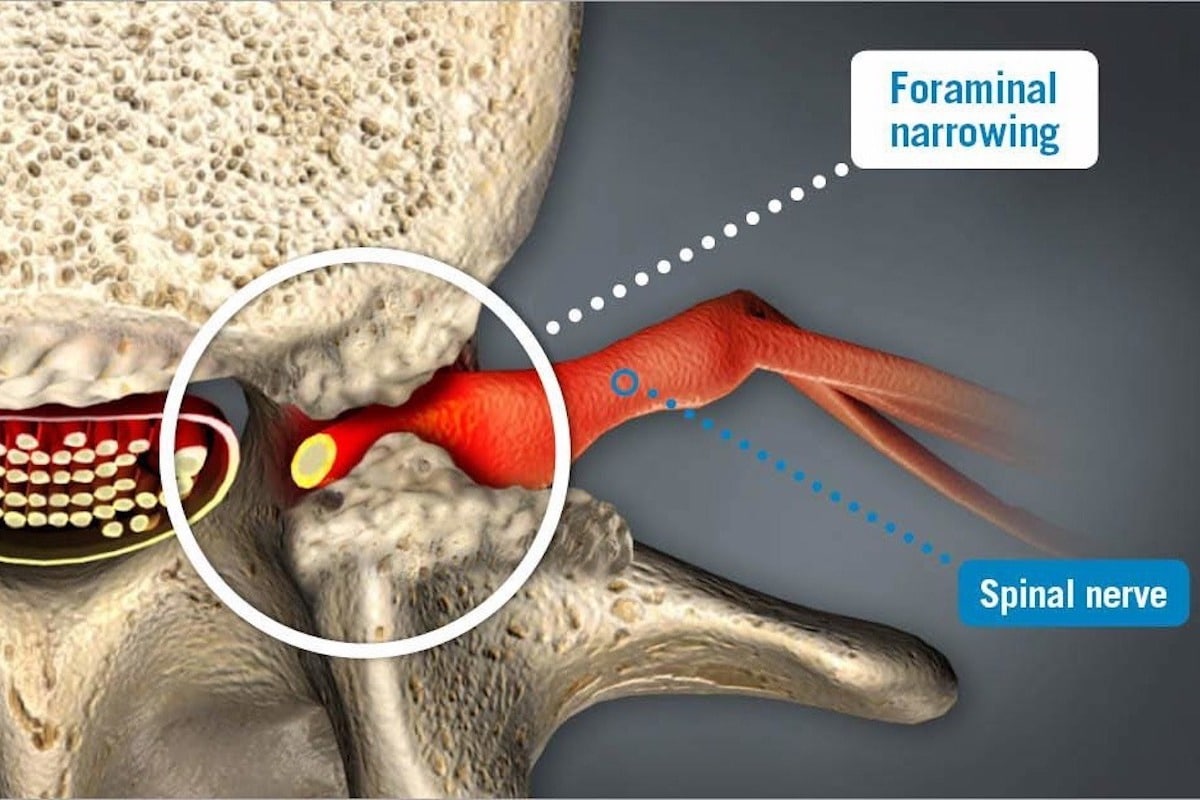
What should I do if I am suffering from Sciatica?
The short answer is, you should present to your local physical therapist such as your chiropractor you an assessment. They will advise you what is the best way for you to proceed whether that be treatment, a prescription of exercises or stretches, imaging such as an X-ray or MRI, or in some cases referral to a specialist for a further opinion.
Upon presentation, a chiropractor uses the case history, a thorough examination of the area, and possibly diagnostic imaging to formulate a diagnosis from which a treatment plan can be implemented. Therapy most commonly consists of a combination of spinal adjustive or mobilization therapy, soft tissue therapy, interferential therapy (similar to a TENS machine), gentle traction, dry needling, taping, lifestyle advice, targeted stretching, and rehabilitative exercises
Physical therapists are most concerned when a patient presents with leg pain with associated changes such as weakness in the legs, numbness in the region of the buttocks, and/or change in bowel or bladder control. If you possess any of these changes it is imperative that you seek professional care immediately.
